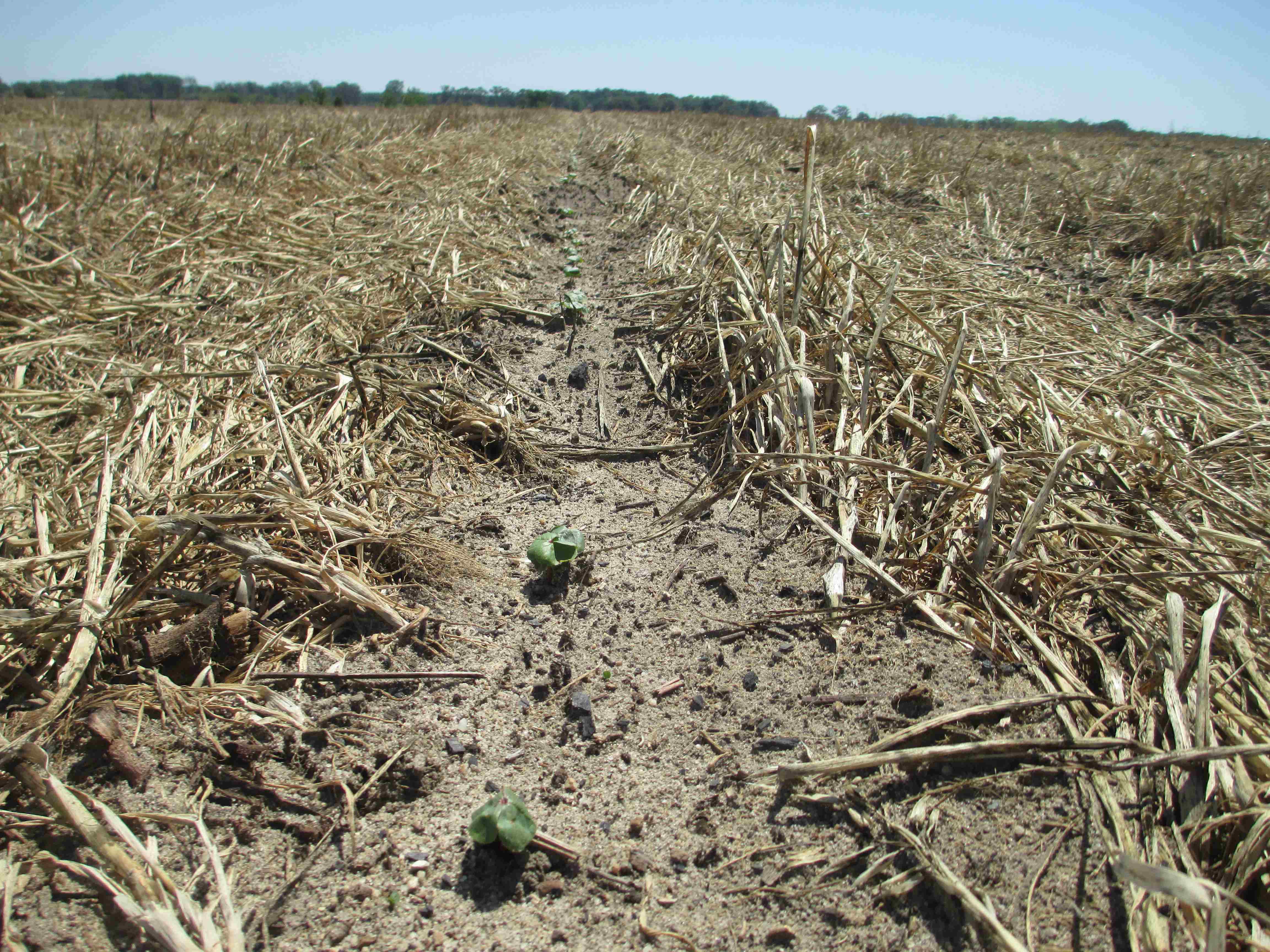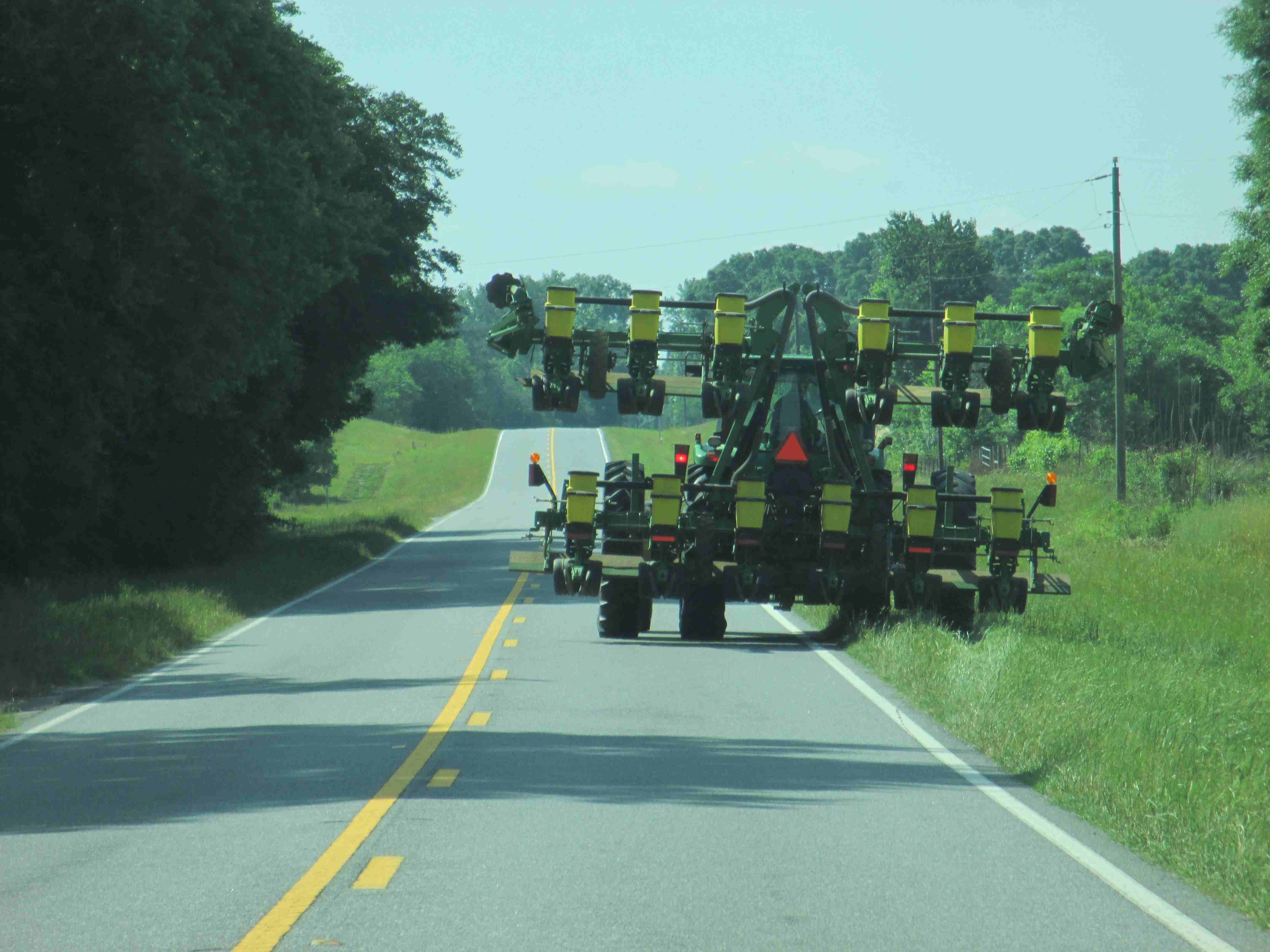Its prime time for cotton and peanut planting, but the excessive rainfall last week brought planting to a halt. Some growers in the northeast corner of Jackson County, where soils are very sandy, were able to begin planting again this week. The rest of the region is still pretty wet, causing growers to plant hill tops and any area dry enough to get equipment in.
Hopefully, the dry weather will continue but its likely that there are some portions of fields that won’t be planted this year, especially south of Interstate-10.
Here a few key points to remember to start-off right when planting peanuts and cotton.
1.) Burn-down herbicide
Emerged Palmer in peanuts or cotton at planting will make it next to impossible to successfully manage. Make sure fields are Palmer free at planting, either by tillage or herbicide, and that residual herbicides are used at-planting to prevent new weeds from emerging. See IFAS Palmer control recommendations.
2.) Fertilization
Always apply P (phosphorous) and K (potassium) fertilizer according to soil test recommendations at or prior to planting as both nutrients are important for early growth of peanut and cotton. Nitrogen (N) can be included with P and K for cotton at 5 – 20 lbs./acre either in a band 2 inches below and 2 inches to the side of the seed, or if using liquid, dribbled 2 inches to the side of the row. The rest of the N should be side-dressed between squaring and bloom. If fertilizer has already been applied, and there is concern about leaching, consider applying some additional K since it is subject to leaching on sandy soils. Phosphorous loss due to leaching is usually not a problem. See IFAS fertilizer recommendations.
3.) Seeding depth and rate
Cotton: Optimal planting depth is ½-1 inch. More vigorous varieties can be planted slightly deeper, however, it is best not to exceed 1 inch depth if the producer is not experienced with that varieties’ vigor. Optimal plant stands range between 2-3 plants per foot for 36 inch rows. To do this plant 2.5 – 4 seeds per foot or if using hill-drop plates, plant 2 seeds every 8 – 10 inches.
Peanut: Optimal planting depth is 1 1/2 – 2 inches. Optimal plant stand is 3-4 plants per foot. To achieve this, plant 4 – 6 seed per foot in single row or 3 – 4 seed per foot in twin row pattern. A higher seeding rate helps combat the effects of Tomato Spotted Wilt Virus, although disease pressure has been relatively low the last several years.
For more information on peanut or cotton production, see the Cotton Cultural Practices and Fertility Management or Management and Cultural Practices for Peanut or contact your local UF/IFAS Extension Agent.
- Carinata Starting to Come Up in Jackson County - December 12, 2014
- Wheat Production Considerations for 2014-2015 - November 10, 2014
- Peanut and Cotton Harvest Video 2014 - November 10, 2014





